Navigation
We stock a large range of dive gear and travel bags, catch bags, dry bags, fin bags and regulator bags to suit any purpose or need. Whether it be luggage for your trips abroad or storage bags for housing and protecting your diving equipment, we will have the ideal dive bag for you.
Fingal Beach
![]() Reef Dive |
Reef Dive | ![]() Shore access
Shore access
![]()
![]()
![]()
![]()
![]()
![]()
Depth: 1 m (3.28 ft) to 10 m (33 ft)
Level: Advanced Open Water and beyond
Fingal Beach is located on the Back Beaches of the Mornington Peninsula about two kilometres north of Cape Schanck, on its western side. Fingal Beach faces south-west into the full force of the westerly winds and waves.
It's a long hike down from the parking area to Fingal Beach. This can be a dangerous beach which makes it only suitable for experienced snorkellers, freedivers and spearfishers. Scuba divers are more likely to dive at this site offshore from a boat.
What to Expect:
There are stunning rock pools on the shore. The waves often break directly onto rocks and currents are also locally quite strong. Do not attempt if you are not experienced and fit.
Location: Cape Schanck, Victoria 3939
MELWAY Ref: Page 258 K8
Parking:
Ideal Conditions:
As Fingal Beach is an ocean beach it's affected by rips, currents, swell and strong winds and can be very dangerous. To dive here there must be very little to no swell and if any winds, a northerly. Be aware that conditions here can change very quickly.
Weather Required:
Very little swell (less than one metre, with periods of 10 seconds or more) which generally means 3 to 4 days of North to North-East winds prior to diving here. See WillyWeather (Fingal Beach) as a guide for the tide times and the height of the tide.
Back Beach Warning: Always keep an eye on sea conditions throughout any dive on the Back Beaches of the Mornington Peninsula. Please read the warnings on the web page diving-the-back-beaches before diving or snorkelling this site.
Divers have the opportunity to catch Abalone at this dive site. Remember your catch bag, legal abalone tool, current Victorian Recreational Fishing Licence, and abalone measure. Please abide by all current fishing regulations if you intend to catch abalone.
See article-catching-abalone for practical abalone hunting advice from The Scuba Doctor, plus melbourne-abalone-dives for a list of other Abalone dive sites near Melbourne.
Divers have the opportunity to catch Southern Rock Lobster (aka Crayfish) at this dive site. Remember your catch bag, current Victorian Recreational Fishing Licence, rock lobster measure, and cray tags. Once you get back to the dive boat, or shore, make sure you clip the tail and tag your Crayfish as per Fisheries requirements. Please abide by all current fishing regulations if you intend to catch crays. See article-catching-crayfish for practical cray hunting advice from The Scuba Doctor, plus melbourne-cray-dives for a list of other crayfish dive sites near Melbourne. For tips on cooking your Crays, please see article-cooking-crayfish.
Traditional Owners — This dive site is in the traditional Country of the Boon Wurrung / Bunurong people of the Kulin Nation. This truly ancient Country includes parts of Port Phillip, from the Werribee River in the north-west, down to Wilson's Promontory in the south-east, including the Mornington Peninsula, French Island and Phillip Island, plus Western Port. We wish to acknowledge the Boon Wurrung as Traditional Owners. We pay respect to their Ancestors and their Elders, past, present and emerging. We acknowledge Bunjil the Creator Spirit of this beautiful land, who travels as an eagle, and Waarn, who protects the waterways and travels as a crow, and thank them for continuing to watch over this Country today and beyond.
Fingal Beach Location Map
Latitude: 38° 28.325′ S (38.472076° S / 38° 28′ 19.47″ S)
Longitude: 144° 52.918′ E (144.88196° E / 144° 52′ 55.06″ E)
Datum: WGS84 |
Google Map
| Get directions
Added: 2021-01-26 13:08:33 GMT, Last updated: 2022-04-29 12:49:35 GMT
Source: Google Earth
Nearest Neighbour: Cape Schanck Cray Reef, 1,238 m, bearing 260°, W
Cape Schanck, Back Beaches, Mornington Peninsula.
Depth: 1 to 10 m.
[ Top ]
DISCLAIMER: No claim is made by The Scuba Doctor as to the accuracy of the dive site coordinates listed here. Should anyone decide to use these GPS marks to locate and dive on a site, they do so entirely at their own risk. Always verify against other sources.
The marks come from numerous sources including commercial operators, independent dive clubs, reference works, and active divers. Some are known to be accurate, while others may not be. Some GPS marks may even have come from maps using the AGD66 datum, and thus may need be converted to the WGS84 datum. To distinguish between the possible accuracy of the dive site marks, we've tried to give each mark a source of GPS, Google Earth, or unknown.
Copyright © 2005-2022 by The Scuba Doctor Australia, ABN 88 116 755 170. All rights reserved.
tel. +61 3 5985 1700 :: email. diveshop@scubadoctor.com.au :: Web site by it'sTechnical 2022






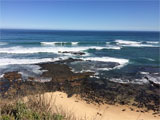
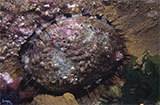
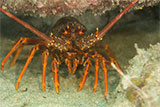
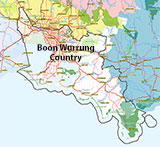





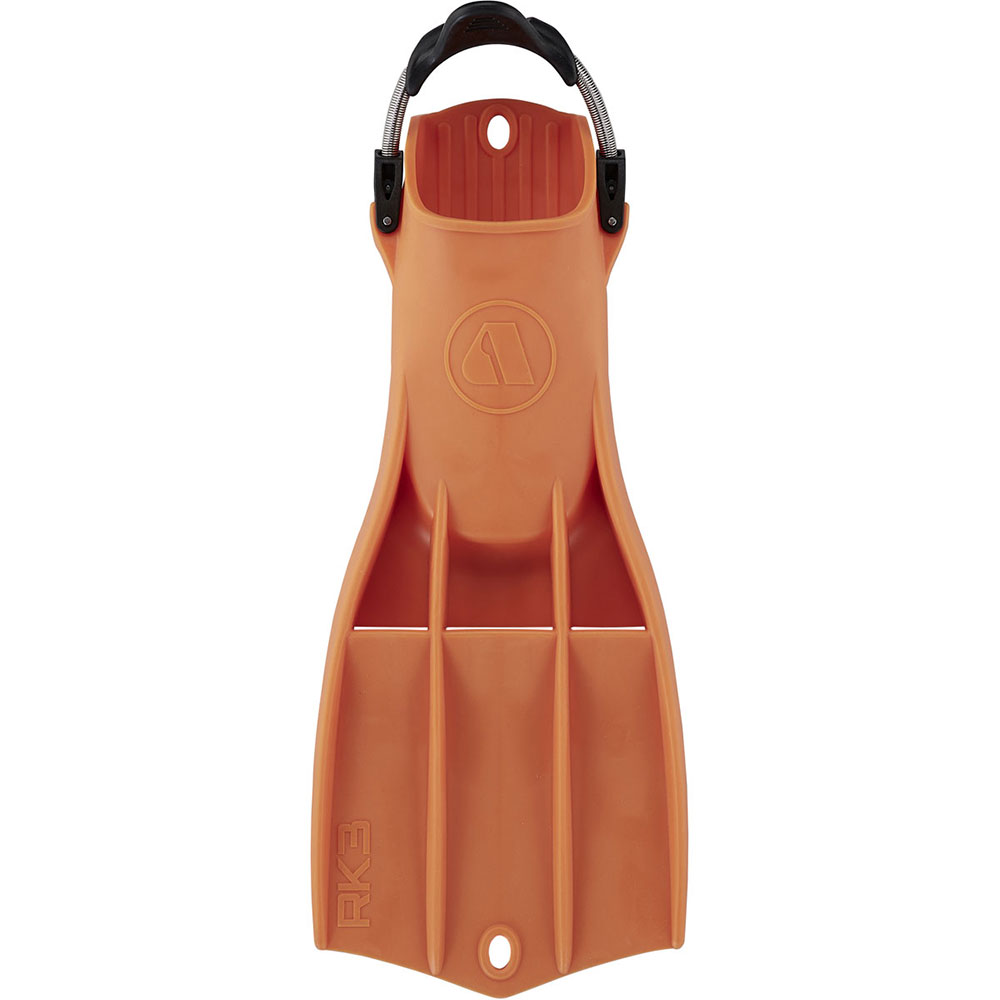

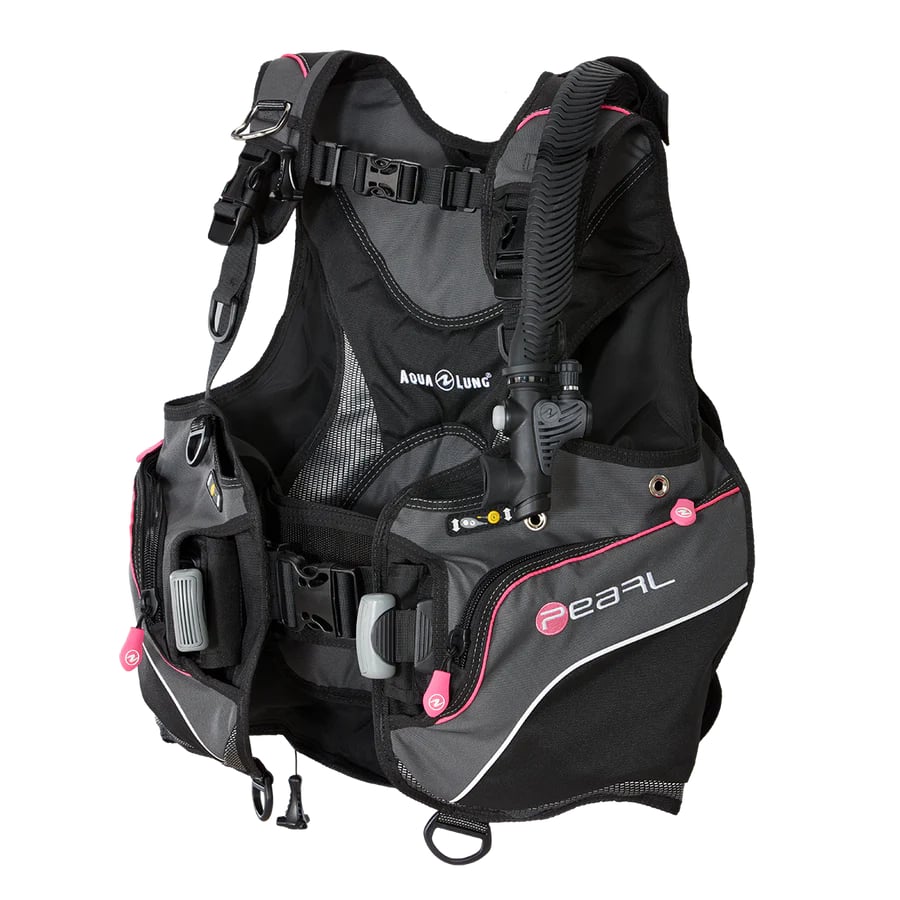
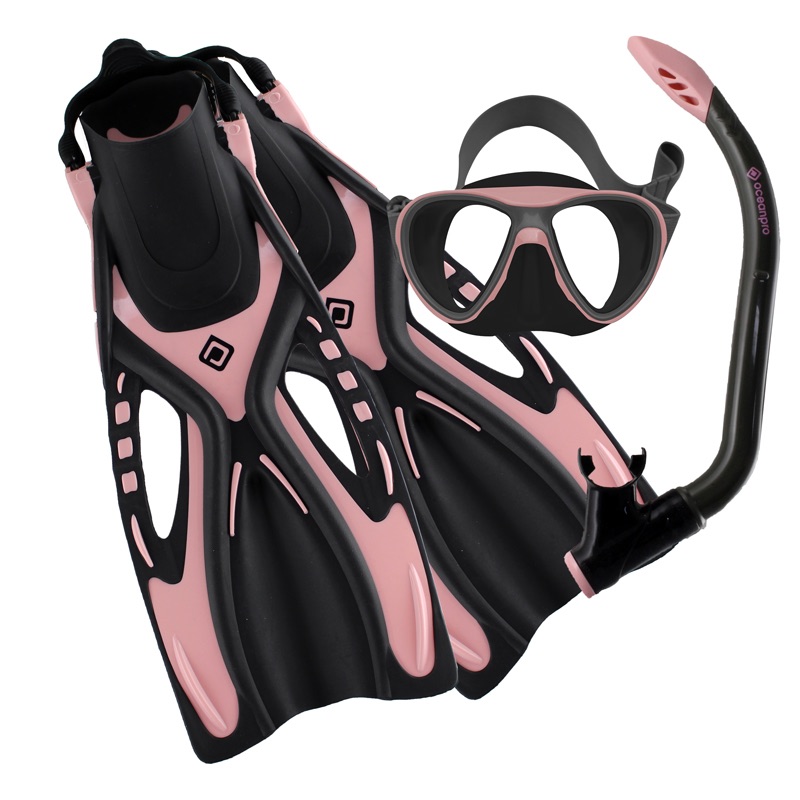

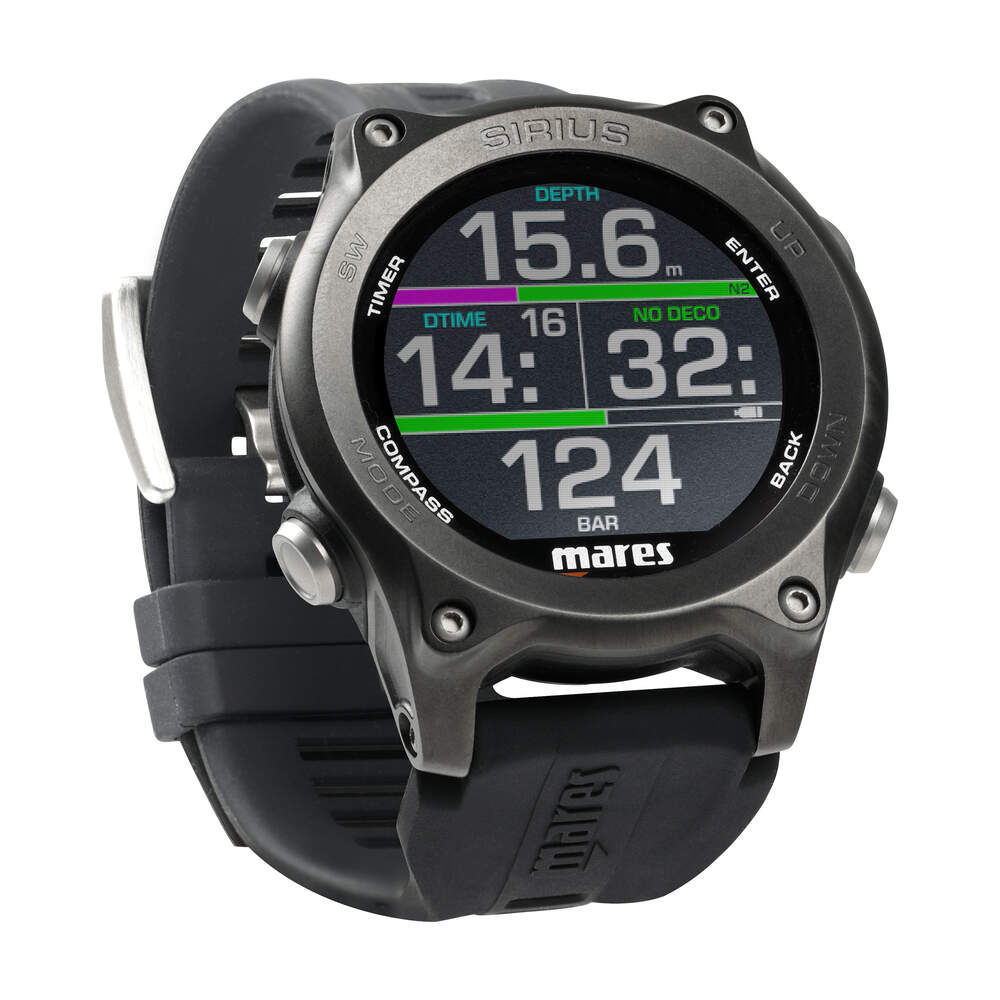
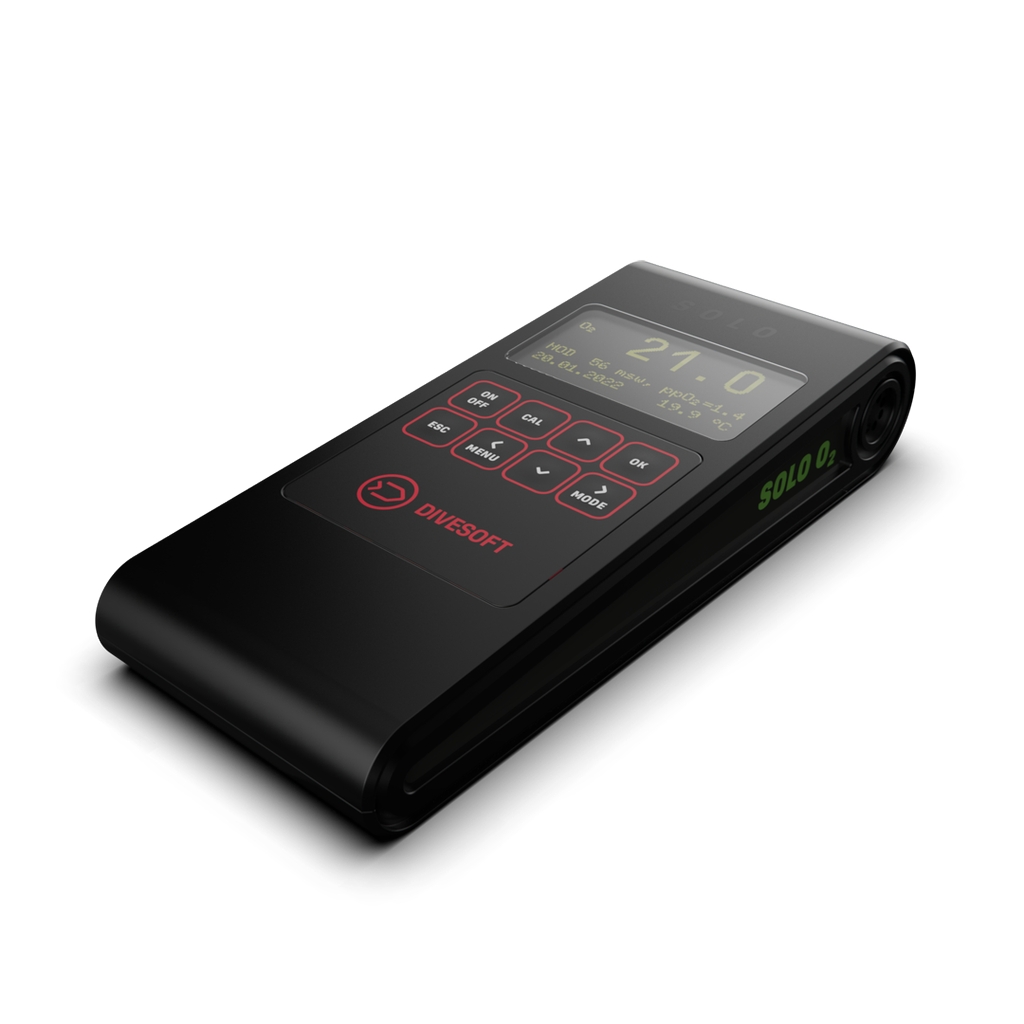
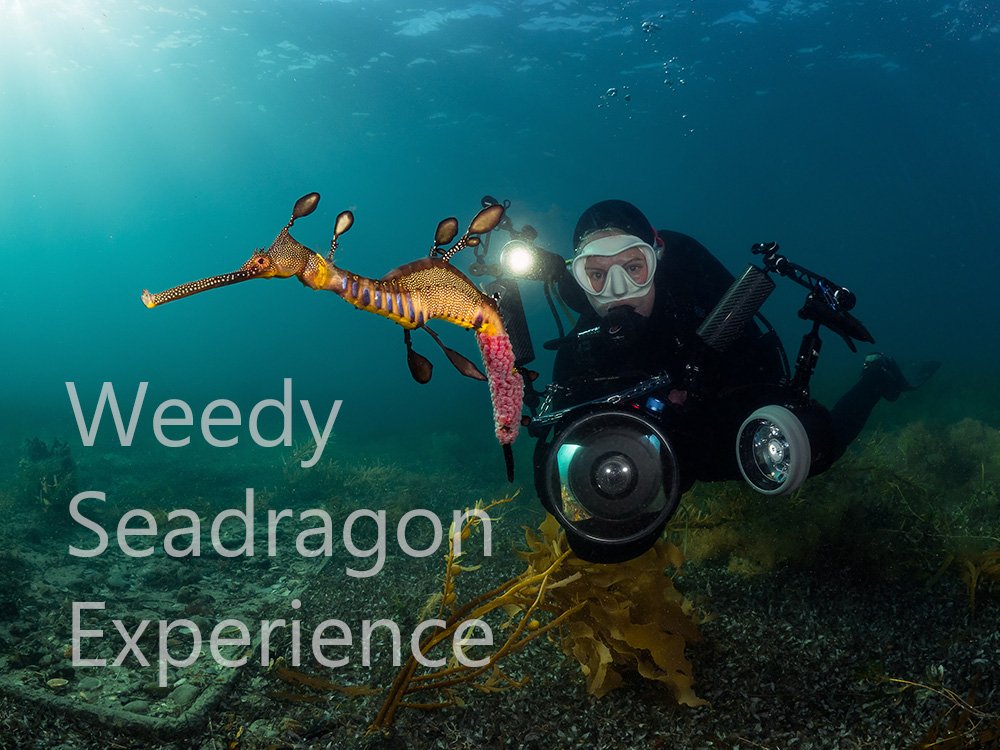
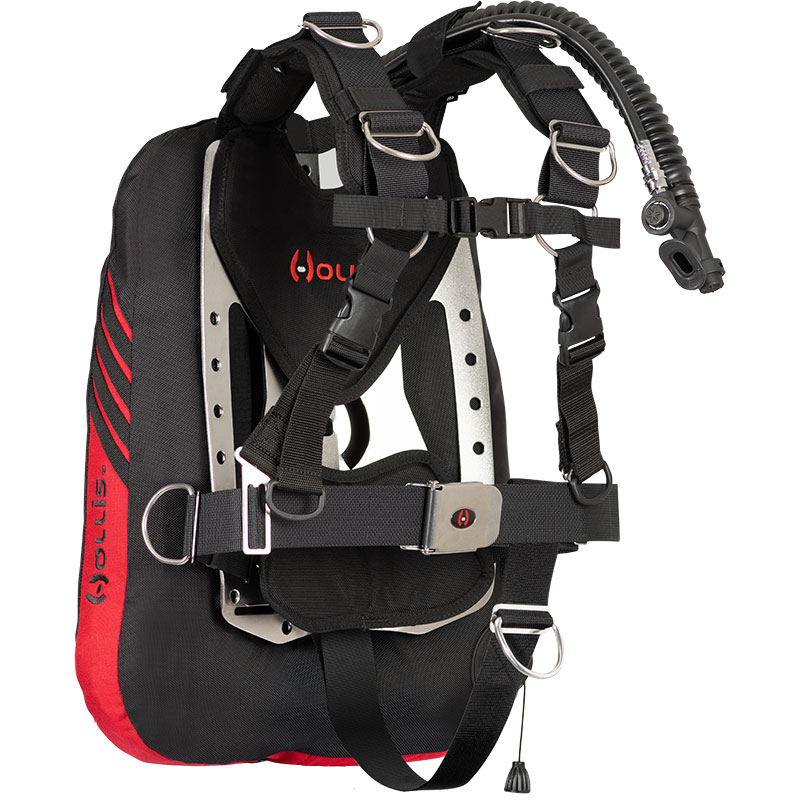
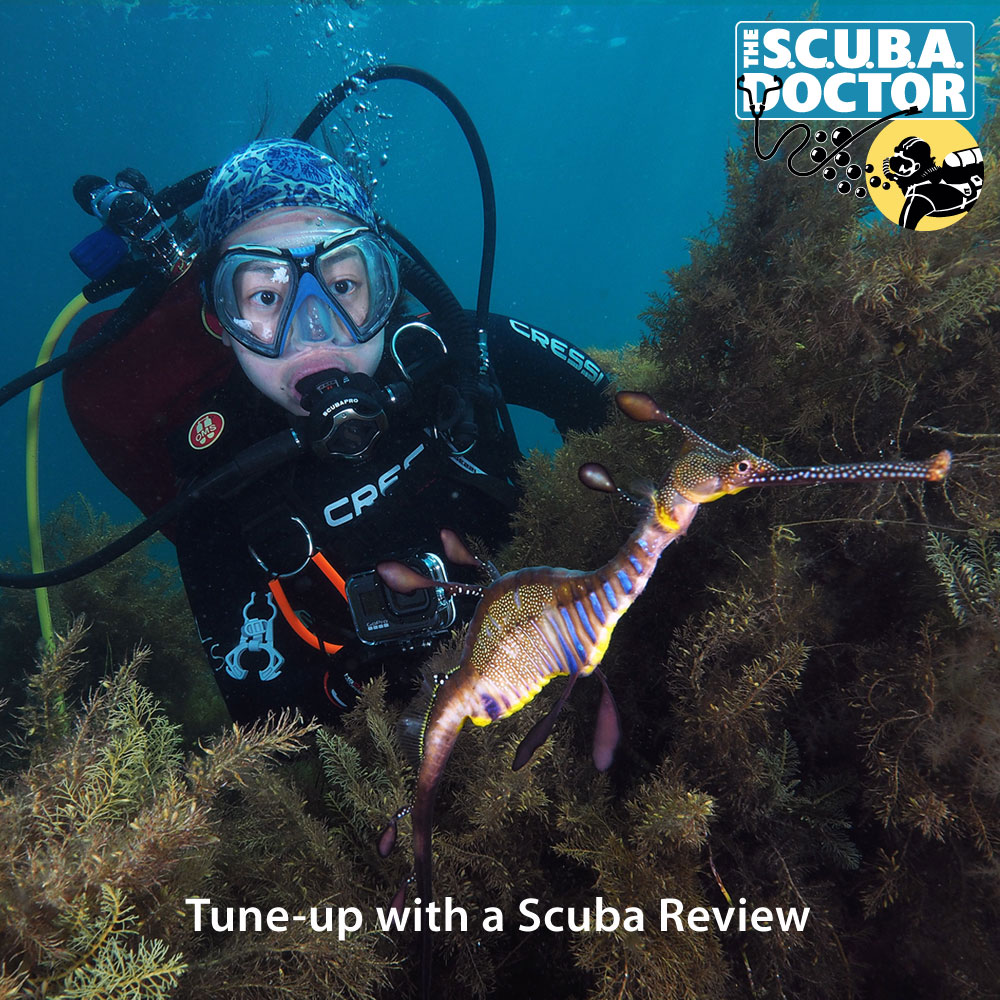
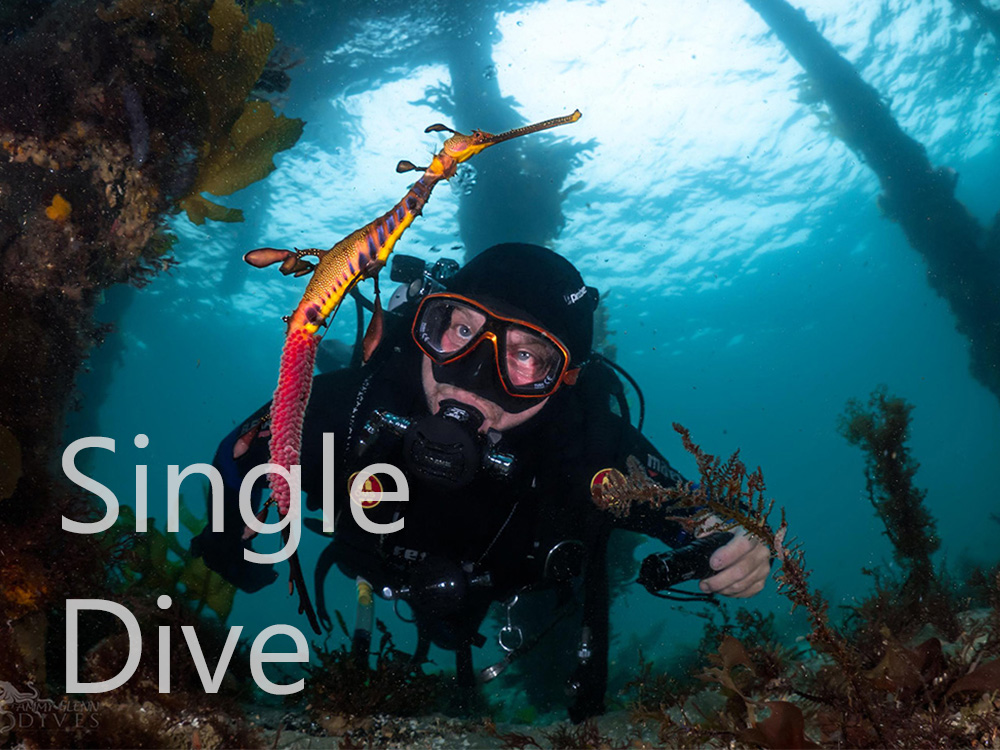
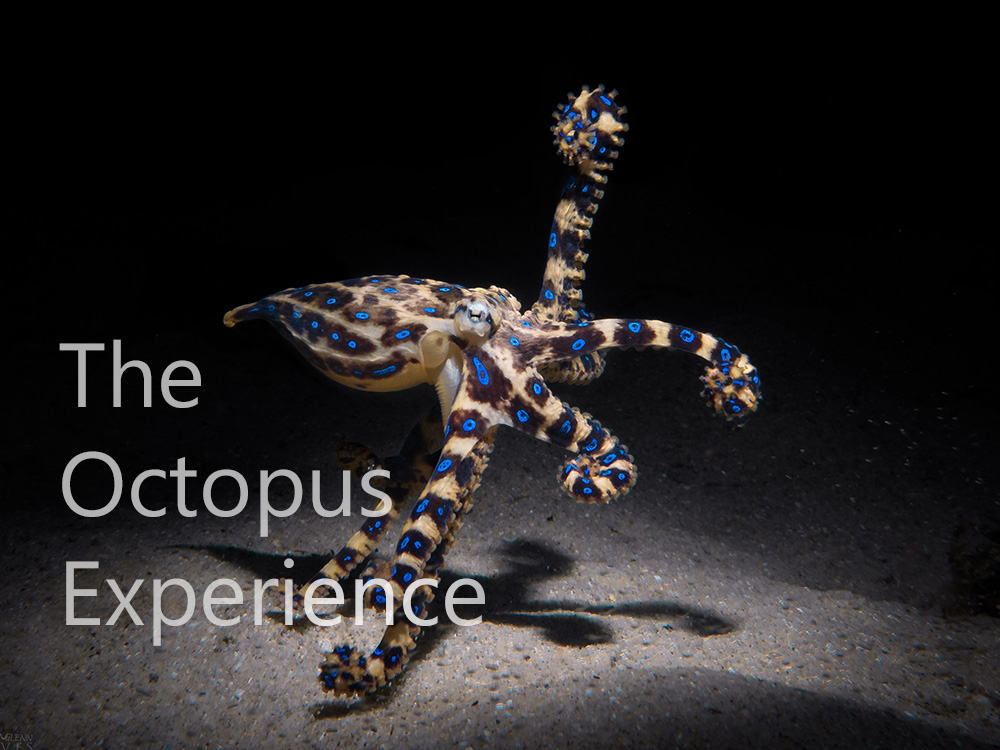
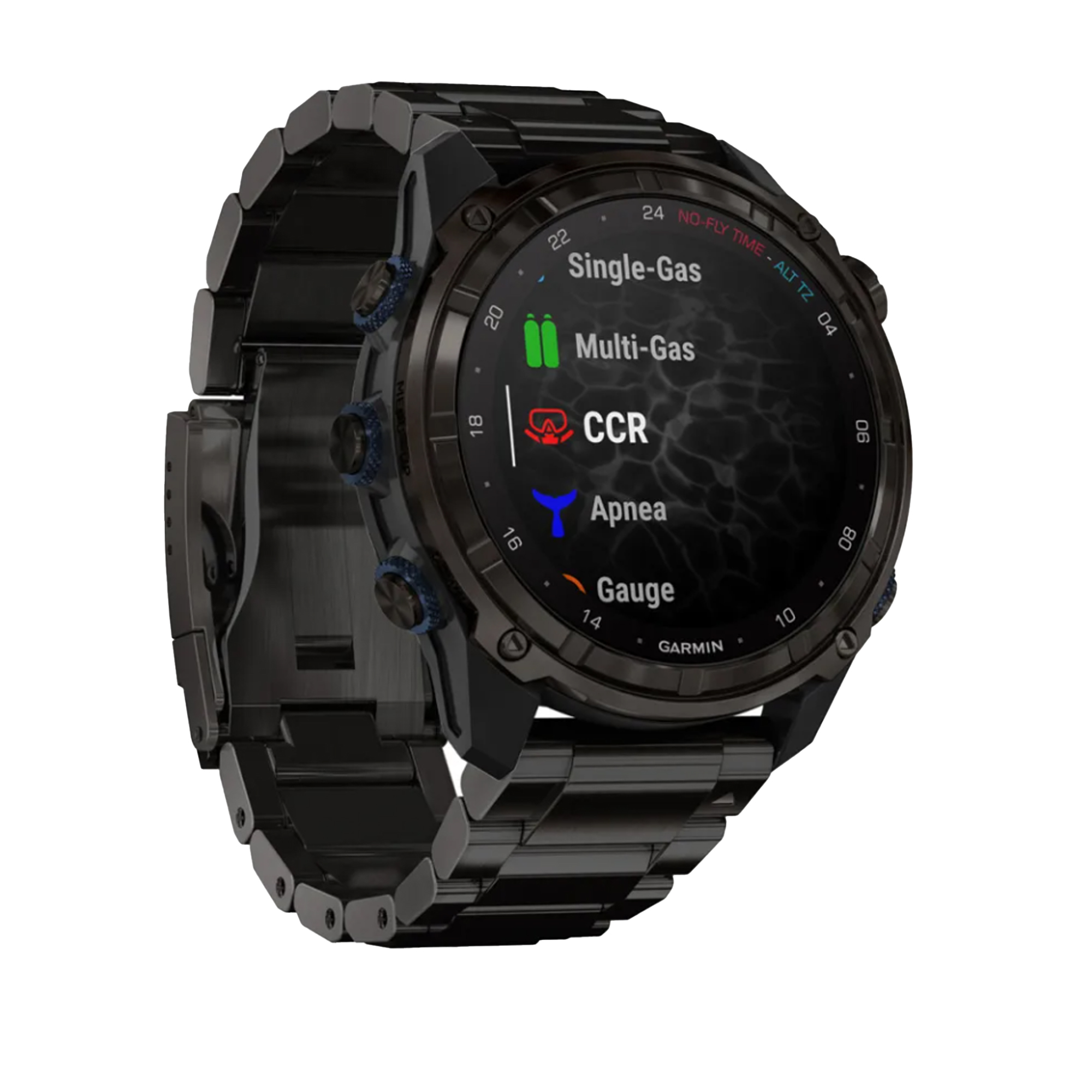
![Halcyon Infinity 30lb System [SS Small Backplate] Halcyon Infinity 30lb System [SS Small Backplate]](/diveshop/images/halcyon/Halcyon-Evolve-Wing.jpg)














































































































